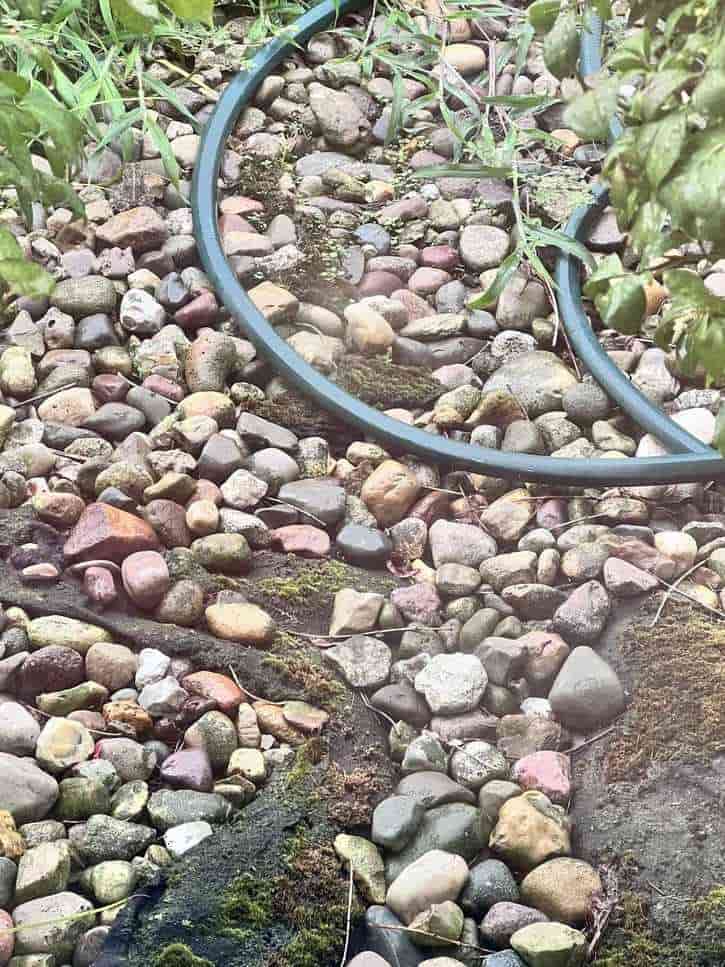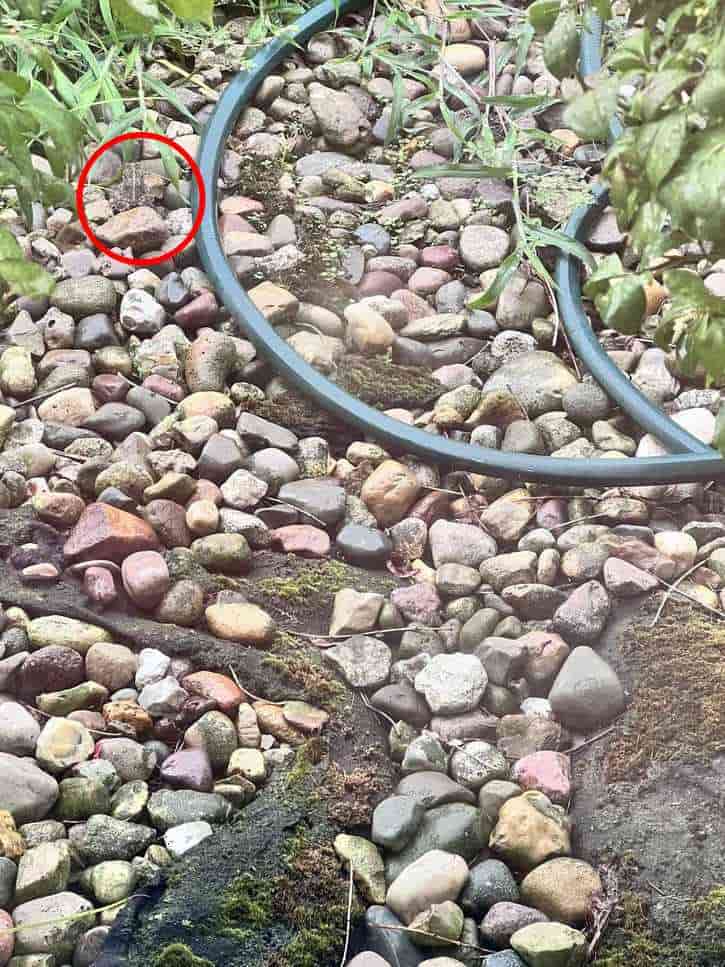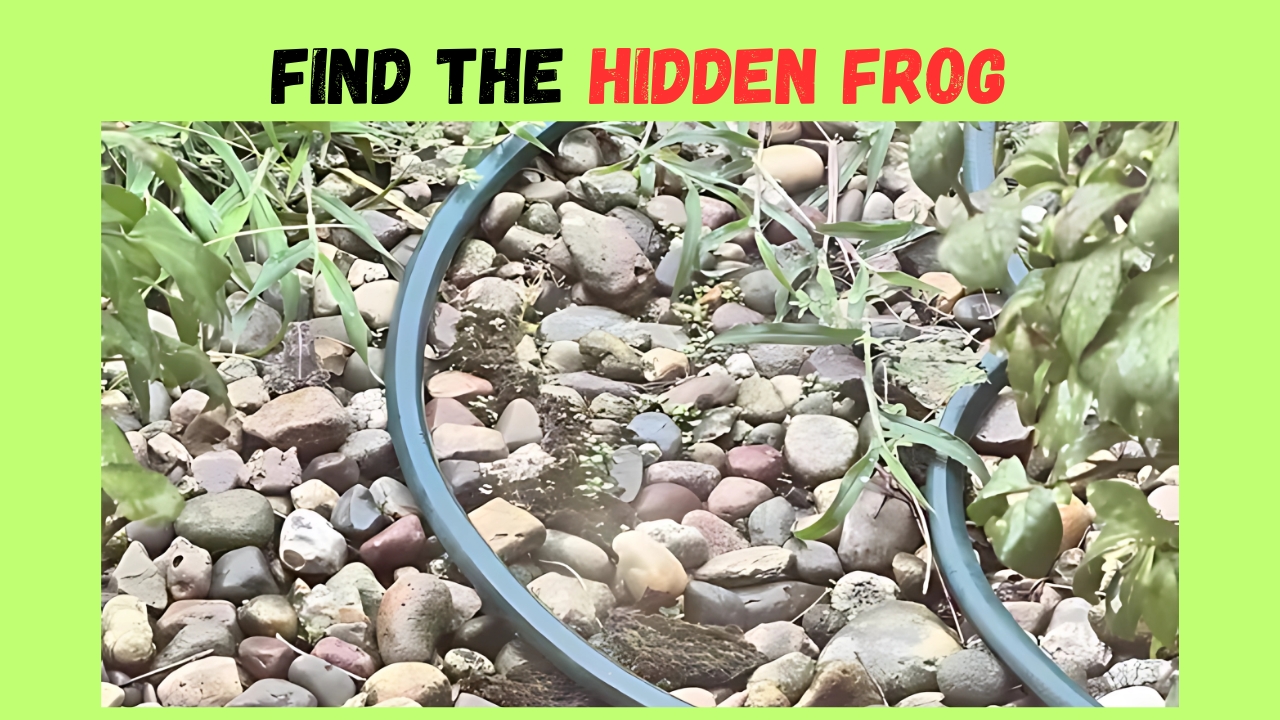Hidden Frog :Have you ever stared at an image for what feels like forever, knowing something is hiding in plain sight, yet your brain just can’t seem to find it? Welcome to the captivating world of optical illusions, where hidden frogs, faces, and objects challenge our perception and remind us just how remarkable our visual system truly is.
What Makes Hidden Object Illusions So Compelling?
When we encounter an optical illusion asking us to find a hidden frog, we’re essentially engaging in a battle between what our eyes see and what our brain interprets. Think of your visual system as a sophisticated detective that’s constantly making assumptions about the world around you. Sometimes, these assumptions work perfectly. Other times, they lead us astray in the most delightful ways.
The magic happens because our brains are constantly trying to organize visual information into recognizable patterns. When an artist cleverly disguises a frog within leaves, rocks, or other natural elements, they’re exploiting the way our visual cortex processes information. Your brain initially sees the obvious elements – perhaps a forest scene or a garden – and categorizes them quickly. The hidden frog requires a shift in perspective, literally forcing your brain to reorganize how it’s interpreting the visual data.
Understanding Your Brain’s Pattern Recognition System

To better understand why these illusions work, imagine your brain as having two different viewing modes. The first mode is what we might call “big picture scanning.” When you first look at an image, your brain rapidly identifies major shapes, colors, and overall composition. This happens in milliseconds and helps you understand the general scene.
The second mode is “detail hunting.” This is where your brain slows down and examines smaller elements, looking for inconsistencies or hidden patterns. Finding the hidden frog requires switching from that first mode to the second, and this transition isn’t always smooth or immediate.
Strategies That Actually Work for Solving Visual Puzzles
Rather than randomly scanning an image hoping to stumble upon the hidden object, try approaching the challenge more systematically. Professional puzzle solvers and researchers have identified several effective techniques that can dramatically improve your success rate.
Start by dividing the image into quadrants and examine each section methodically. This prevents your eyes from jumping around randomly and ensures you’re giving equal attention to all areas. Many people make the mistake of focusing on the center of an image first, but hidden objects are often placed in peripheral areas where our initial attention is less likely to land.
Pay special attention to areas where colors or textures seem slightly different from their surroundings. Hidden frogs are often camouflaged using subtle variations in shade or pattern that don’t immediately register as “wrong” but create a barely perceptible visual disturbance. Your subconscious might notice these differences before your conscious mind does.
Consider the natural habitat and behavior of the object you’re seeking. If you’re looking for a frog, think about where frogs typically hide – near water sources, among vegetation, or in shaded areas. Artists creating these illusions often use realistic placement to make the hidden object feel natural once discovered.
The Psychology Behind the “Aha!” Moment
That sudden rush of satisfaction when you finally spot the hidden frog isn’t just imagination – it’s a real neurological event. Your brain releases a small burst of dopamine when you successfully solve a visual puzzle, creating a genuine feeling of pleasure and accomplishment. This is the same neurotransmitter involved in other rewarding activities, which explains why optical illusions can become quite addictive.
The moment of discovery often feels sudden and complete. One second you’re seeing a normal landscape, and the next second the frog seems obviously present, almost as if it had just materialized. This happens because visual recognition tends to be an all-or-nothing process. Your brain doesn’t gradually see more of the frog – it suddenly reorganizes the entire visual field to include this new interpretation.
Why Different People See Different Things
Individual differences in perception explain why some people can spot hidden objects almost immediately while others struggle for much longer periods. These differences aren’t necessarily related to intelligence or visual acuity. Instead, they often reflect variations in cognitive style and visual processing preferences.
Some people naturally tend toward detail-oriented visual processing, while others are more holistic in their approach. Neither style is superior, but detail-oriented processors often have advantages with hidden object illusions. People with certain backgrounds – artists, photographers, or those who work with visual media regularly – may also have trained their eyes to notice subtle visual inconsistencies more readily.
Age can play a role too, though not in the way you might expect. While younger people often have sharper visual acuity, older adults sometimes perform better on these puzzles because they’ve developed more sophisticated pattern recognition strategies through experience.
The Educational Value of Visual Puzzles
Beyond entertainment, optical illusions serve important educational purposes. They demonstrate fundamental principles about how human perception works and highlight the active role our brains play in constructing our visual reality. These puzzles can help develop critical thinking skills by encouraging people to question their initial assumptions and look beyond obvious interpretations.
For children, hidden object puzzles can improve concentration, attention to detail, and systematic problem-solving approaches. They learn that persistence pays off and that sometimes the solution requires changing your perspective – literally and figuratively.
Optical illusion Answer

Whether you solved the frog puzzle quickly or are still searching, remember that the journey matters more than the speed of discovery. Each time you engage with an optical illusion, you’re exercising your visual cortex and challenging your brain to think more flexibly.
Consider keeping a collection of your favorite optical illusions and returning to them periodically. You might find that images which once stumped you become easier to solve as your pattern recognition skills develop. This progression can be incredibly satisfying and demonstrates the remarkable plasticity of human perception.
The next time you encounter a hidden object challenge, approach it with patience and curiosity rather than frustration. Remember that your brain is doing exactly what it’s designed to do – organizing visual information efficiently. Finding the hidden element simply requires encouraging your visual system to consider alternative organizations of the same data.
These moments of perceptual discovery remind us that reality is always more complex and interesting than our first glance suggests, whether we’re looking at optical illusions or navigating the complexities of daily life.
ALSO READ: Optical Illusion : Find Hidden leopard cub’s face
